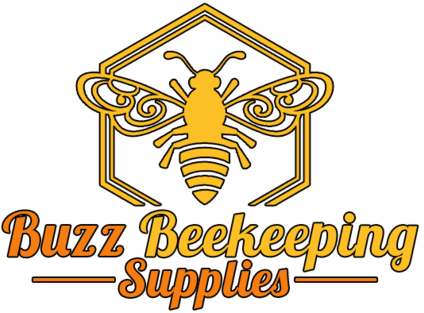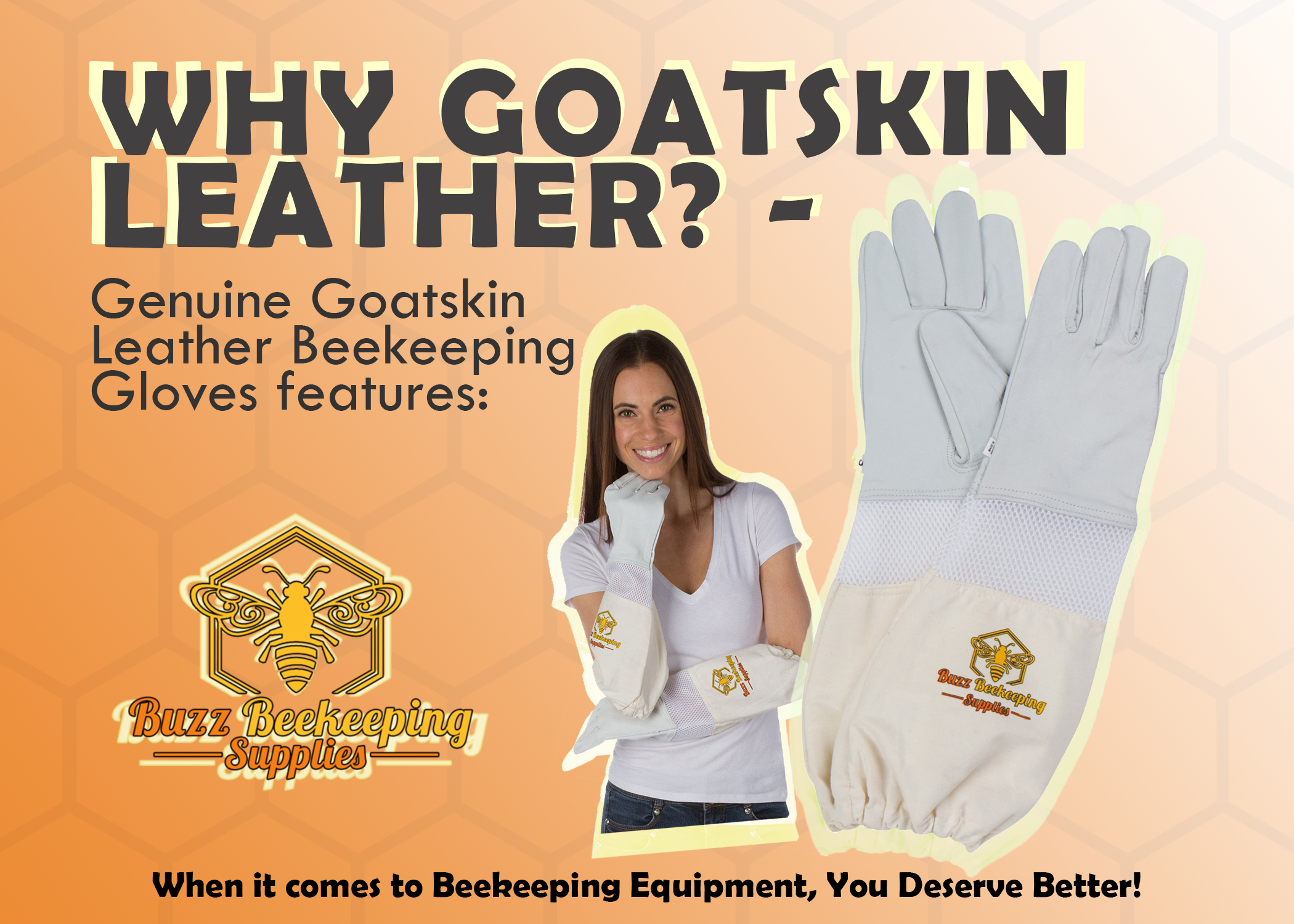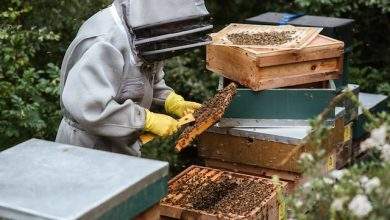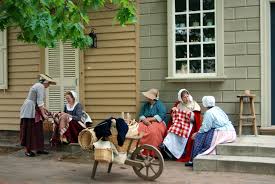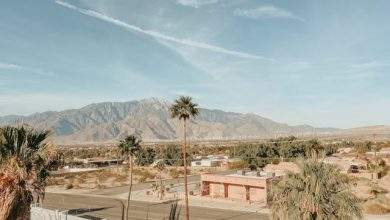Benefits of a Pollen Feeder
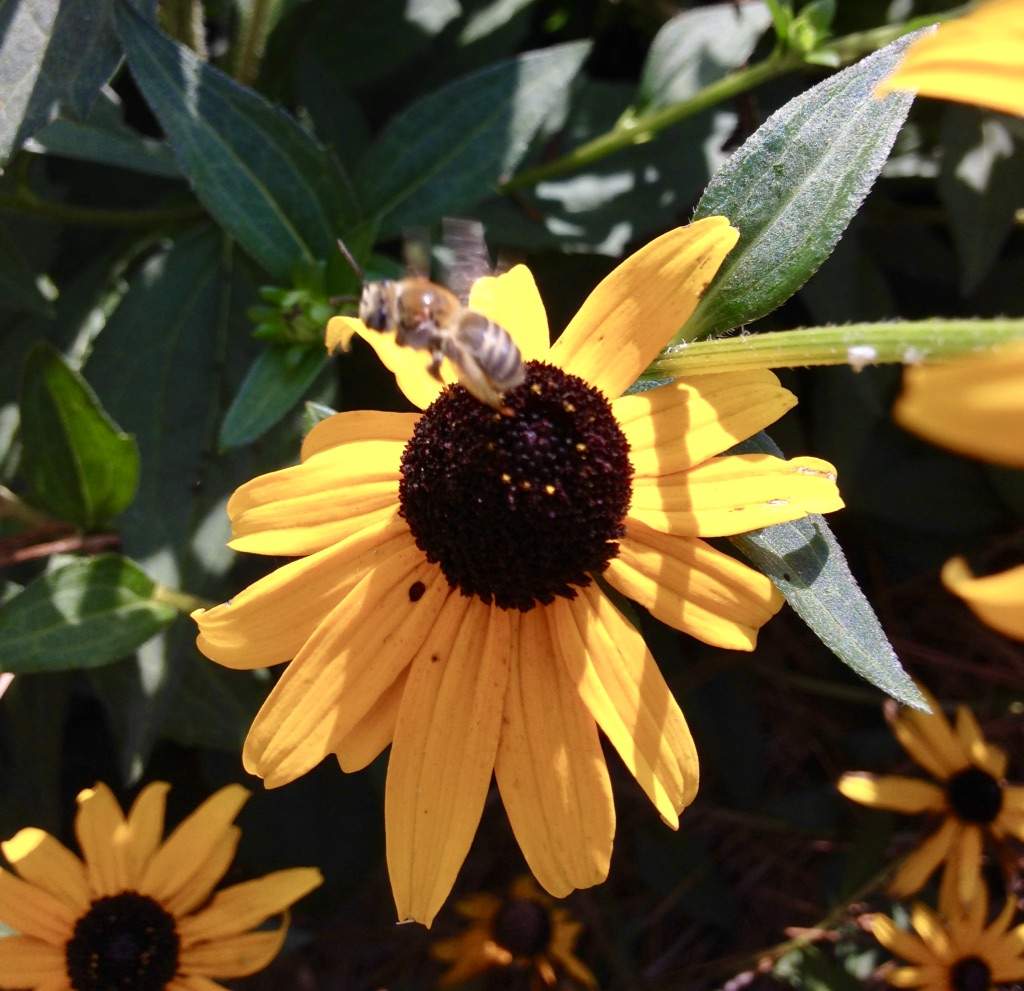
There are many benefits to using a pollen feeder to supply your bees with extra protein and give them a boost during certain times of the year.
What is a pollen feeder?
A pollen feeder is simply a device used by beekeepers to feed pollen or a pollen substitute to honey bees. The pollen substitute may be fed as a powder, granules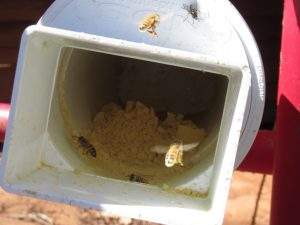 or as patties.
or as patties.
The pollen substitute feeder can be bought or made by the beekeeper. Homemade models are easy to make, using simple tools and hardware. In fact, most hobby beekeepers make their own pollen feeders.
Why use a pollen feeder?
A honey bee colony collects pollen because it needs protein to provide nourishment to young baby bees. Baby bees cannot be raised on just honey or nectar. Brood production is accelerated with an adequate supply of pollen.
Many rural and urban agricultural landscapes experience a lack of natural forage during certain times of the year. By providing a bee pollen feeder, you are giving your bees a nutritional boost when they need it most, helping to launch your colonies out of late Winter and into the early Spring growth phase.
Another issue is that in some areas only a single variety of forage may be available to bees. Some nutrients may be lacking or missing. A pollen feeder helps to provide a balanced protein supplement.
A pollen substitute will help to strengthen a weak honeybee colony. Whether you’re about to go into Winter or coming into Spring, the goal should be to maintain a strong colony that will flourish.
Dry pollen feeder vs patties
Two advantages of using a dry pollen feeder is that it takes less time to prepare than patties and you do not need to suit up, open and disturb your hive(s). You simply replenish the pollen substitute as needed.
When are pollen feeders used?
Pollen feeders are typically used in early Spring, at the beginning of the brood rearing season.
During March, April and May, bees will seek out protein sources when it starts to get warm, but when few flowers are available.
By providing an adequate pollen source, you will help to stimulate brood production in your hive(s).
During the dearth in early Fall, such as August and September, some beekeepers will provide pollen substitutes as well.
Where are pollen feeders located?
While you may place the pollen feeder inside or outside the hive, many experienced beekeepers recommend placing the feeder outside and away from the hive.
The location of the pollen feeder should be easily accessible, but covered or protected from the elements of rain and wind.
Make your own pollen substitute feeder
Here is a video describing how to make a pollen feed out of PVC pipe. A materials list is included in the description.
https://youtu.be/ZWVC5Rl4hts
1. Ventilated Suit – https://amzn.to/2D1hJBu
(NEW) Ventilated Jacket – https://amzn.to/2Av6piJ
2. Beekeeper YKK Suit Combo – https://amzn.to/2Xk3xLz
3. Beekeeper Journal – https://bit.ly/3xXxFl2
4. YKK Suit – https://amzn.to/2IDJALO
5. Beekeeper Jacket – https://amzn.to/2FirwTW
6. Beekeeping Gloves:
– Goatskin Beekeeping Gloves – https://amzn.to/2GYxBZW
– Cow Leather Beekeeping Gloves – https://amzn.to/2uiSExd
7. Queen Marking Kit – https://amzn.to/2Wm1kCw
– Queen Marking Pens – https://amzn.to/3c4vE8y
–Queen Marking Cage – https://amzn.to/2TDwwdQ
